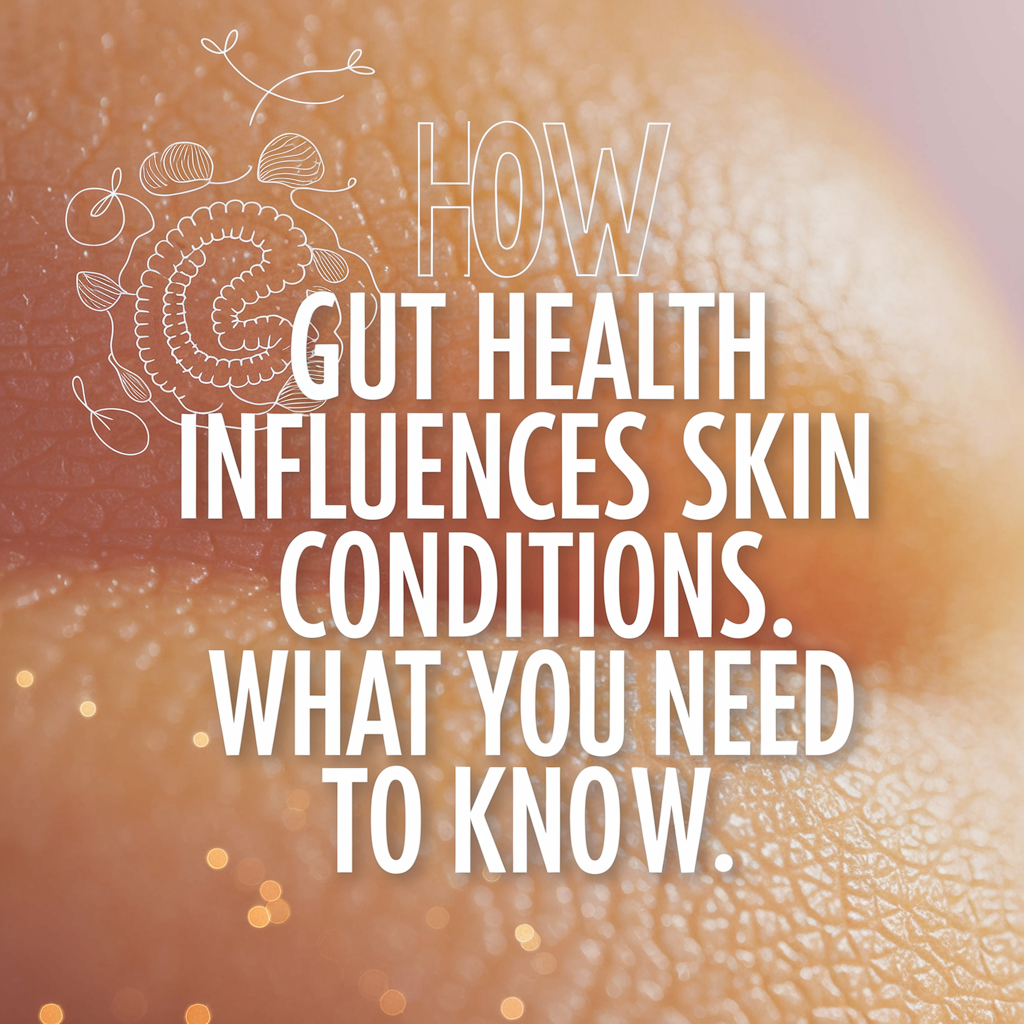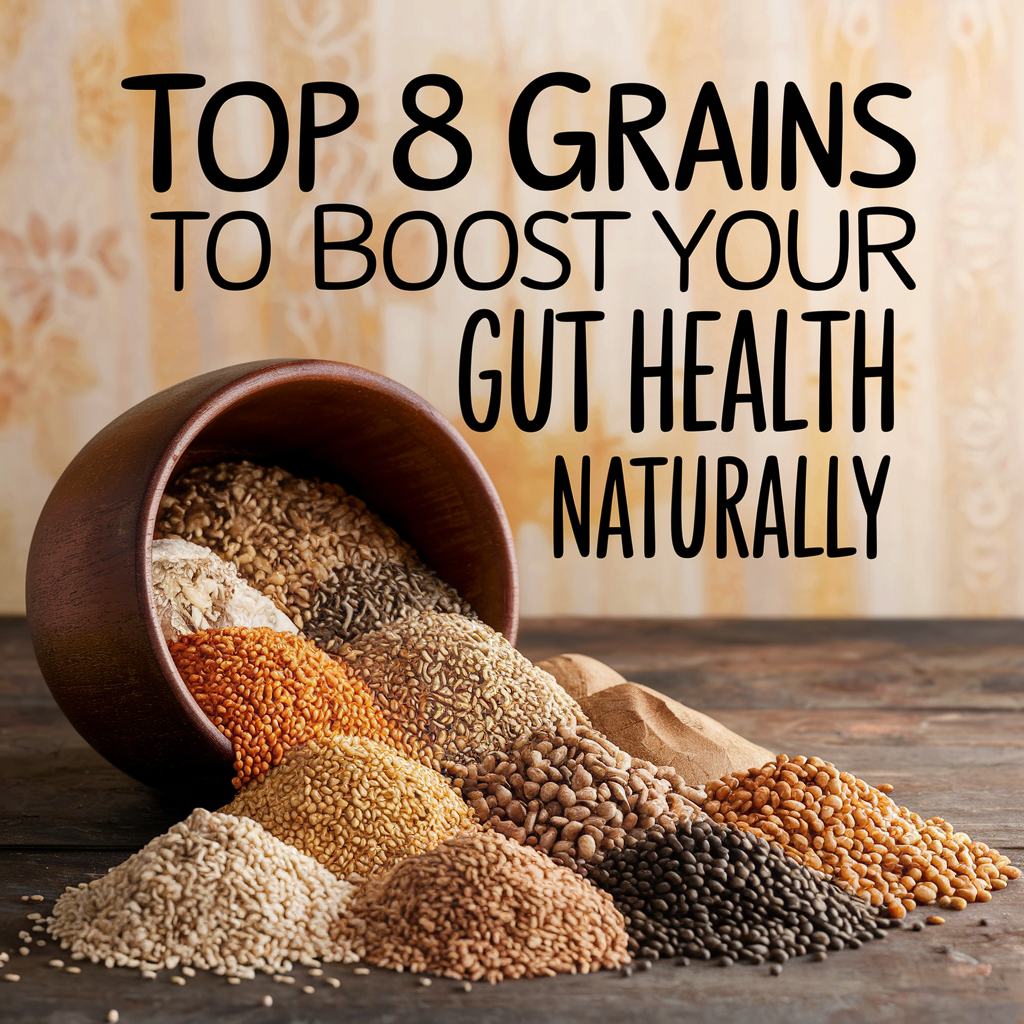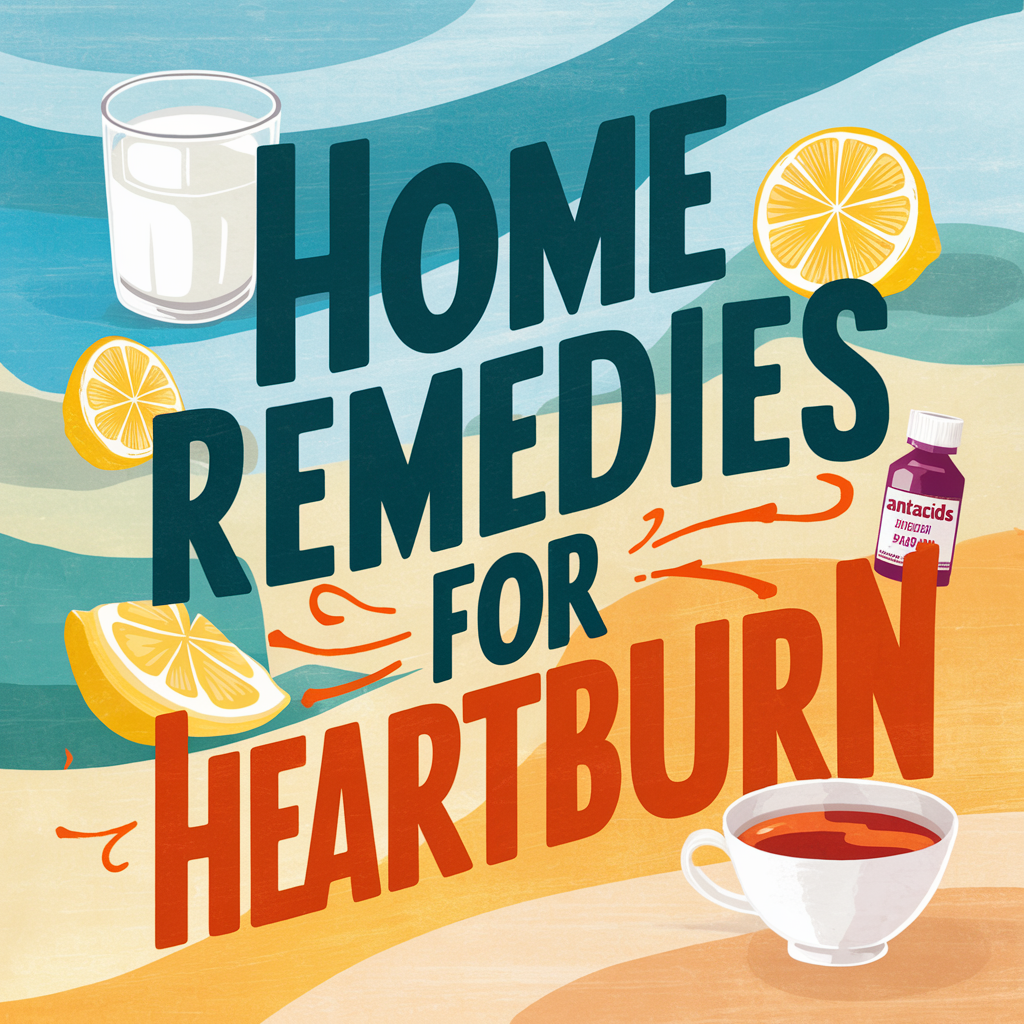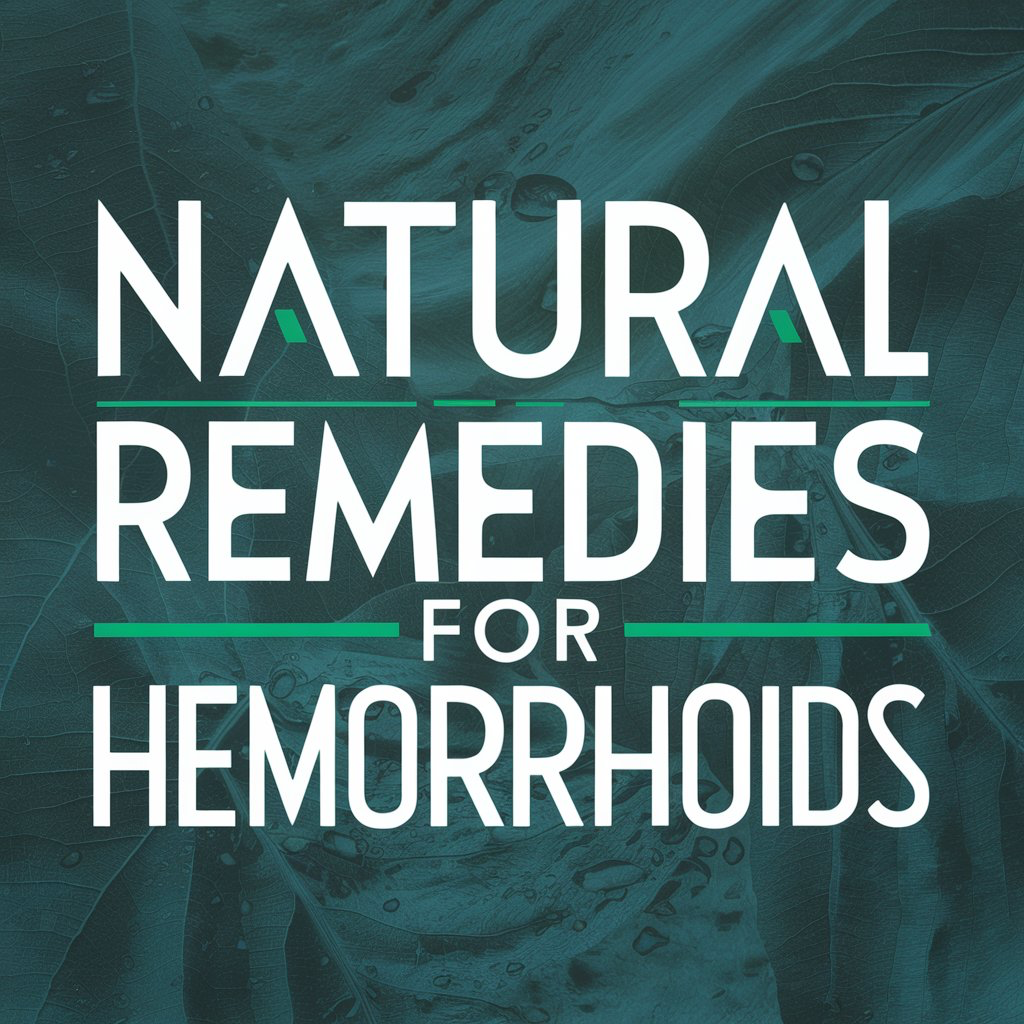
What is the connection between gut health and skin conditions?
For the longest time, I treated my gut and skin like they were totally separate issues. I’d take probiotics for bloating and smear creams on my face for breakouts—never thinking they were part of the same puzzle. Turns out, they are deeply connected. The more I learned about the gut-skin axis, the more things started to click.
When your gut health is off—whether from bad bacteria, inflammation, or poor digestion—it can show up on your skin. And not just with breakouts. For me, it was redness, dry patches, and that dull, uneven look no moisturizer could fix. That was my gut sending out distress signals through my face.
If you’ve been chasing skin issues without relief, this deeper guide on unlocking the secrets to stomach health gave me a better understanding of how internal inflammation can impact everything from digestion to acne.
Doctors are calling it the gut-skin axis, and it’s not some wellness fad. It’s backed by science—and when I started addressing my gut instead of just my skin, things actually improved.

Can poor gut health cause skin conditions?
Absolutely—and I didn’t fully believe it either until I started healing my gut and saw my skin transform. When your gut microbiome is unbalanced (aka gut dysbiosis), it can trigger systemic inflammation. And your skin? It reacts.
Here’s how it happened to me:
I had chronic bloating, unpredictable digestion, and constant acne flare-ups around my chin and cheeks. Nothing topical worked long-term. But when I cleaned up my diet, added in fermented foods like kefir and kimchi, and reduced sugar and processed stuff, my skin slowly began to clear.
Common skin conditions linked to poor gut health:
- Acne – Often triggered by inflammation, insulin spikes, and bad gut bacteria
- Eczema (atopic dermatitis) – Can worsen with leaky gut or immune overreactions
- Rosacea – Frequently linked to intestinal imbalances and gut-triggered inflammation
- Psoriasis – An autoimmune condition that can be fueled by poor gut function
- Hives or rashes – These often show up when your gut is reacting to stress, food sensitivities, or imbalance
The good news? Healing your gut often leads to clearer skin. This guide on 10 fermented foods for gut health was one of the first things I used to reset my microbiome and start seeing results—not just in how I felt, but in how I looked.
And if you want to dig deeper into the science behind how this connection works, this gut-skin axis research overview from the NIH is worth a glance. It confirmed everything I was seeing firsthand.
Up next, we’ll break down exactly how this gut-skin axis works—and how I started calming both my digestion and my breakouts at the same time.

How does the gut-skin axis actually work?
This was the piece that really helped it all make sense. The gut-skin axis isn’t just a catchy phrase—it’s a real biological pathway. Basically, what happens in your gut doesn’t stay in your gut. It influences your immune system, hormone balance, inflammation levels, and yep… your skin.
When your gut is out of balance—think too much bad bacteria, low diversity in your microbiome, or inflammation from food sensitivities—it can trigger a cascade of issues throughout your body. And the skin, being one of your largest organs, is often the first place those internal problems show up.
Here’s how the gut-skin axis plays out in real life:
- Leaky gut lets toxins into your bloodstream
This increases inflammation, which can flare up conditions like eczema, psoriasis, or even acne. - Your immune system reacts
70% of your immune system lives in your gut. When it gets overstimulated by imbalances, it can lead to skin hypersensitivity, redness, and breakouts. - Digestive issues affect nutrient absorption
A damaged gut can block your body from absorbing skin-loving nutrients like zinc, vitamin A, and omega-3s—making your skin look dull and irritated. - Your microbiome controls inflammation
A healthy gut bacteria mix helps keep inflammation low. But when the bad bugs take over, things can spiral—fast.
When I started learning about this, I finally understood why no amount of skin cream could “fix” the real problem. What helped most? Regularly eating gut-healing grains like oats, buckwheat, and quinoa (this list of grains for gut health was a game-changer), and cutting way back on sugar, which had been quietly wrecking both my gut and my face.
Bottom line: the gut-skin axis is your body’s way of yelling, “Hey! Start on the inside!” And when I listened, it finally started calming down.

What skin problems are most often linked to gut health?
I used to treat my breakouts and rashes like they were random—blame it on stress, hormones, or that one bag of chips. But once I started learning about how closely gut health and skin conditions are tied together, it was like flipping on a light switch. Suddenly, the flare-ups made sense.
Some skin problems are especially tied to what’s happening inside your gut. If you’re struggling with any of these, it’s worth asking: Is my gut part of the problem?
Common skin issues tied to gut imbalance:
- Acne
Especially the deep, cystic kind that shows up around your jawline or cheeks. Gut inflammation, poor digestion, and even food sensitivities can fuel it. - Eczema (Atopic Dermatitis)
This one flared up for me after a round of antibiotics destroyed my gut bacteria. Eczema often worsens when your immune system is reacting to a disrupted microbiome. - Rosacea
Redness, bumps, and facial flushing are often linked to gut inflammation and small intestinal bacterial overgrowth (SIBO). When I cleaned up my diet and added probiotics, it made a noticeable difference. - Psoriasis
This autoimmune skin condition is fueled by internal inflammation—something poor gut health can absolutely make worse. - Hives or rashes
These can be triggered by gut-related food sensitivities or reactions from an overactive immune response tied to dysbiosis.
One thing I wish I had learned sooner: gut problems don’t always show up as gas or bloating. Sometimes, they show up on your skin first.
If you’re dealing with stubborn skin symptoms and you also experience bloating, constipation, or unpredictable bathroom habits, this article on why you feel worse after pooping really helped me connect the dots. It reminded me that gut healing isn’t just about comfort—it’s about everything else in your body too.
Clearer skin often starts where you least expect it: in your gut.

Can improving gut health actually fix skin problems?
For me, this was the million-dollar question. I wanted to believe that fixing my gut could help my skin, but I wasn’t sure if it was just hype. Turns out—it’s not. Once I made changes to support my gut health, I didn’t just feel better…I lookedbetter too.
My breakouts became less frequent. My eczema didn’t flare as often. And my skin tone became noticeably calmer and less red. It wasn’t perfect overnight, but the improvement was undeniable.
Here’s what helped my skin once I started healing my gut:
- Adding fermented foods daily
I worked in yogurt, kimchi, and kefir little by little. These fermented foods for gut health made the biggest difference by feeding the good bacteria in my gut that also support skin health. - Cutting back on inflammatory triggers
Sugar, processed foods, and too much dairy were huge culprits for me. Once I dialed those back, both my gut and my skin calmed way down. - Taking a gentle approach to fiber
I didn’t go overboard. I just started including gut-friendly grains like oats and buckwheat. (This grain guide for better digestion helped me figure out which ones didn’t upset my stomach.) - Using a daily stool softener when needed
Sometimes my gut still needs a nudge—especially when I’m stressed. I keep Amazon Basic Care Stool Softener on hand to keep things moving gently, which helps reduce internal buildup that used to mess with my skin. - Staying consistent
This part was key. No quick fixes, no drastic cleanses. Just small changes over time that supported my digestion and my complexion.
If your skin symptoms seem to flare along with your gut issues—maybe you notice breakouts when you’re constipated, or eczema when you’re bloated—it’s probably not a coincidence. Clearing up your skin might just mean clearing out your gut first.

What foods help both gut and skin health?
After a lot of trial and error (and let’s be honest—some very expensive skincare fails), I finally realized food was the missing link. When I started focusing on foods that nourished my gut and skin together, things really began to shift. The inflammation started to calm down, my breakouts became less stubborn, and I didn’t feel like I was constantly fighting my own body.
These are the foods that helped me most:
- Fermented foods
Things like plain yogurt, kefir, kimchi, sauerkraut, and miso are loaded with probiotics. These live cultures help balance your microbiome and reduce skin inflammation. My go-to guide for this was these 10 fermented foods for gut health, which made it way less overwhelming. - High-fiber grains
Oats, buckwheat, farro, and quinoa keep digestion moving and feed beneficial bacteria. My skin improved when I paired these with probiotic foods. If you’re not sure where to start, this article on the best grains for gut health helped me find ones that didn’t mess with my stomach. - Omega-3 rich foods
Salmon, flaxseeds, and chia seeds help reduce inflammation from the inside out. I noticed less redness and more glow when I added them a few times a week. - Colorful fruits and veggies
Especially ones rich in antioxidants like berries, spinach, carrots, and bell peppers. These help protect the skin and support digestion all at once. - Bone broth
Sounds weird, I know—but bone broth is packed with collagen and amino acids that help seal the gut lining. When I sipped it regularly, both my digestion and my skin texture improved.
And just as important as what I added was what I reduced. I had to cut down on processed snacks, refined sugars, and greasy takeout. Those foods were fueling inflammation and making my gut work overtime—causing that cycle of bloat, sluggish digestion, and acne to keep repeating.
Eating for your gut and skin doesn’t mean perfection—it just means making choices that give your body what it’s asking for. And mine? It was begging me to stop covering up problems on the outside and start healing them from the inside.

Are there signs your skin issues are actually gut-related?
Before I figured out the gut-skin connection, I kept treating my skin like it was just being moody. I’d swap products, cut out dairy for a week, or blame stress. But nothing worked long-term—because the real problem was inside my gut, not on the surface.
Turns out, your body gives you a bunch of subtle signs when your gut is crying for help. And if you’ve been chasing skin fixes without success, it might be time to look deeper.
Here’s what tipped me off that my gut was part of the problem:
- Constant bloating or gas
My digestion always felt a little “off,” even when I wasn’t eating anything crazy. That sluggish, heavy feeling never fully went away—until I started healing my gut. - Breakouts that didn’t respond to skincare
I’d get deep, cystic acne that wouldn’t budge no matter what I used. Once I started focusing on gut-friendly foodsand adding in probiotics, it slowly faded. - Bathroom issues (constipation, loose stools, or both)
If you’re bouncing between constipation that won’t go away and frequent, urgent trips to the bathroom, your gut is likely inflamed—and your skin may be reacting too. - Rashes or hives that come and go
I used to get random itchy patches, especially after eating. Later I learned those were tied to my gut reacting to certain foods or imbalances. - Skin flare-ups after antibiotics or illness
After one round of antibiotics, my eczema came roaring back. That’s when I realized I had wiped out the good bacteria my skin depended on too.
A lot of times, your skin is just reflecting what your gut is struggling to process. When I began addressing those internal issues—by changing my diet, easing up on triggers, and gently supporting regularity with milk of magnesia when needed—my skin started improving without me slathering on a single new cream.
If your gut feels as chaotic as your skin looks, it’s not a coincidence—it’s a clue. And healing one often starts with healing the other.

How does gut inflammation actually show up on your skin?
This is the part that blew my mind. I always thought inflammation was just about sore joints or an upset stomach—but it turns out, when your gut is inflamed, your skin usually pays the price too. For me, it showed up as acne that wouldn’t quit, dry patches that made no sense, and sudden redness out of nowhere.
Your gut and skin are both barrier systems. When one is irritated or “leaky,” the other often gets dragged into the mess.
Here’s how gut inflammation can affect your skin:
- Leaky gut = leaky skin
If your intestinal lining is compromised (something called intestinal permeability), toxins and bacteria can sneak into your bloodstream. This triggers immune responses that show up as breakouts, eczema, or rashes. - Cytokines and immune flare-ups
Inflammation in the gut leads to the release of inflammatory messengers called cytokines. These don’t just stay in your belly—they travel throughout your body, often targeting the skin next. - Stress + gut imbalance = skin chaos
Gut inflammation is often tied to stress. And when I was in a stress spiral, both my digestion and my skin would completely freak out. It was all connected—this article on diarrhea every morning helped me understand that stress can mess up your gut, which then triggers your skin. - Poor nutrient absorption
An inflamed gut doesn’t absorb skin-essential nutrients like zinc, vitamin C, and omega-3s as well. So even if you’re eating right, your skin might still suffer if your gut can’t grab what it needs.
I started sipping bone broth a few times a week (rich in amino acids and gut-healing collagen), and within weeks my skin looked more hydrated—and my digestion felt more settled too.
When I finally took inflammation seriously—not just on my skin, but in my gut—things started shifting. I didn’t need stronger products. I needed a stronger gut.

Healing my gut changed more than just my digestion
Before I understood the connection between gut health and skin conditions, I felt like I was playing whack-a-mole—treating symptoms as they popped up, but never fixing the actual root cause. I had no idea my breakouts, dry patches, and sensitivity were tied to what was happening inside my body, not just on my face.
But once I started giving my gut the support it needed?
Everything changed.
I built a simple routine that helped me heal from the inside out:
- I added fermented foods daily to balance my gut bacteria
- I swapped in gut-friendly grains and cut back on processed snacks
- I kept milk of magnesia on hand for backup when things slowed down
- I learned how to spot gut-driven skin flares early—and respond to them gently
- And I stuck with the changes, even when I didn’t see instant results
If your skin constantly feels inflamed, unpredictable, or like nothing ever really works, your gut might be the missing piece. Trust me, I tried all the creams first too. But when I finally listened to what my digestion was telling me, my skin started thanking me in a big way.
It wasn’t magic. It was just giving my body what it needed to do what it’s always been capable of: healing. From the inside out.

As an Amazon Associate we earn from qualifying purchases through some links in our articles.



